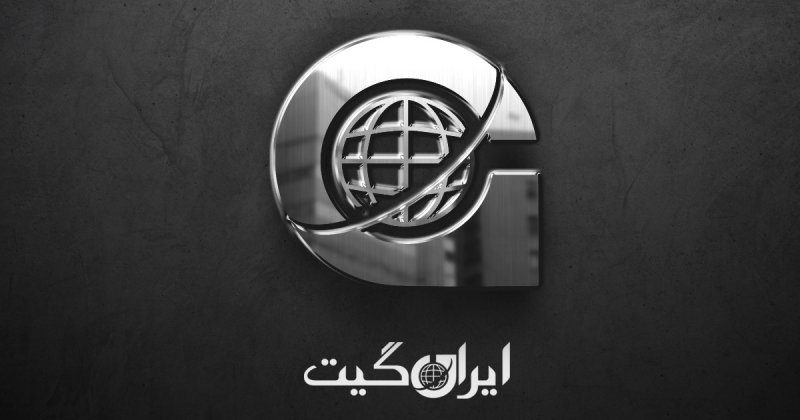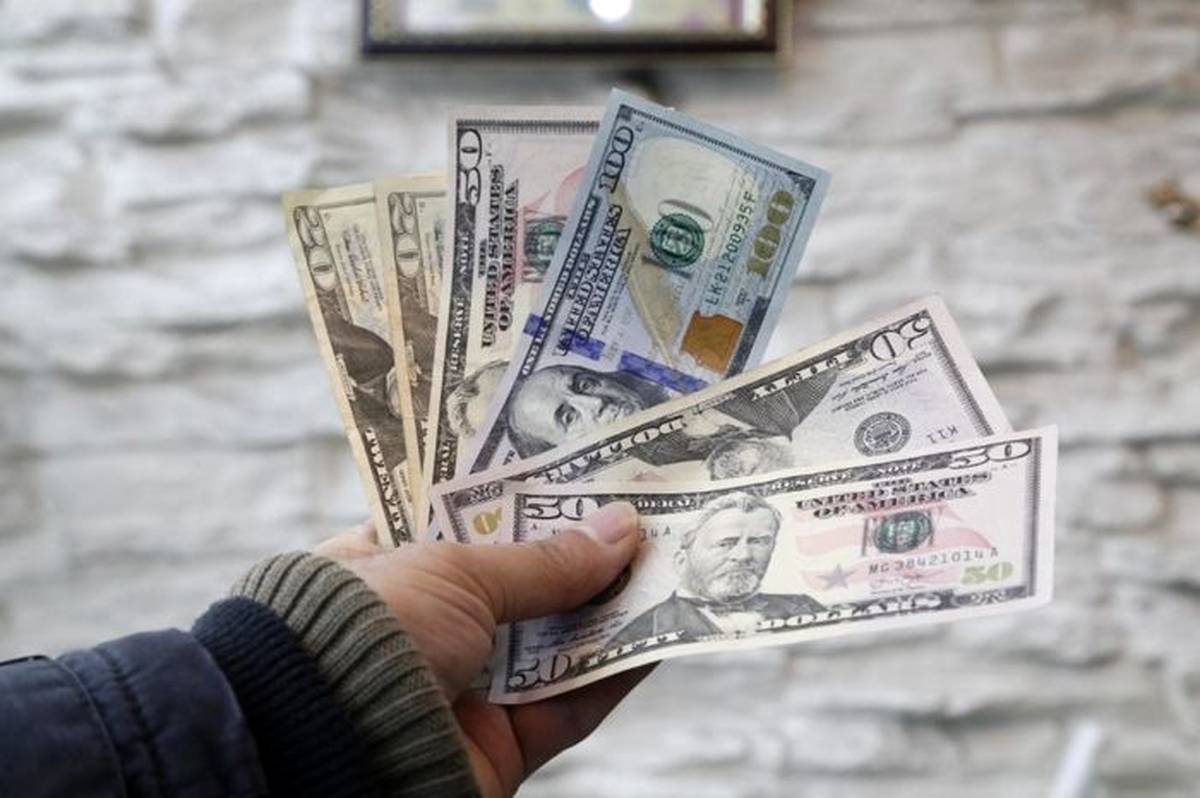The Iran Chamber of Commerce raises the snapback dollar to 165,000 tomans.
The Iran Chamber of Commerce has examined the future of the country’s economy in a report if the snapback mechanism is activated, and has outlined three scenarios: optimistic, probable, and pessimistic until the end of 2025.
According to this report, the free exchange rate, which was around 93,000 tomans in August this year, could rise to 165,000 tomans in the pessimistic scenario.
The annual inflation rate, which is currently about 50%, is predicted to be between 60% and 90%, and economic growth in all three scenarios will be negative, estimated between negative 0.6% and negative 3.1%.
However, analysts emphasize that many of the effects of UN Security Council sanctions have already been absorbed, and Iran’s economy is no longer in the conditions of the early 2010s. Many sanctions were never lifted, and mechanisms like domestic insurance or new oil export routes have been substituted.
The report also reminds that the main pressure on Iran’s economy has been due to unilateral U.S. sanctions, not Security Council sanctions.
Meanwhile, Iran’s oil exports have now reached about 17 to 18 million barrels per day, and the oil sales structure has changed.
Based on this, assessments show that the psychological and media effects of the snapback could be more severe than its actual impact on the economy.
Western diplomats have reported that Britain, France, and Germany intend to start the process of activating the snapback mechanism against Iran from today, the sixth of Shahrivar.

